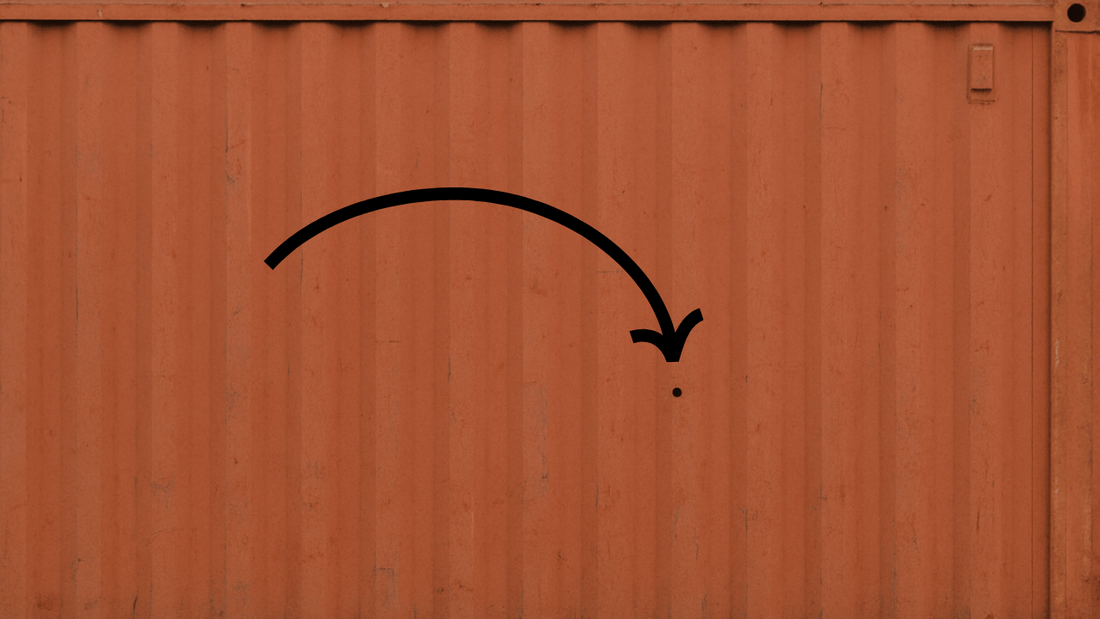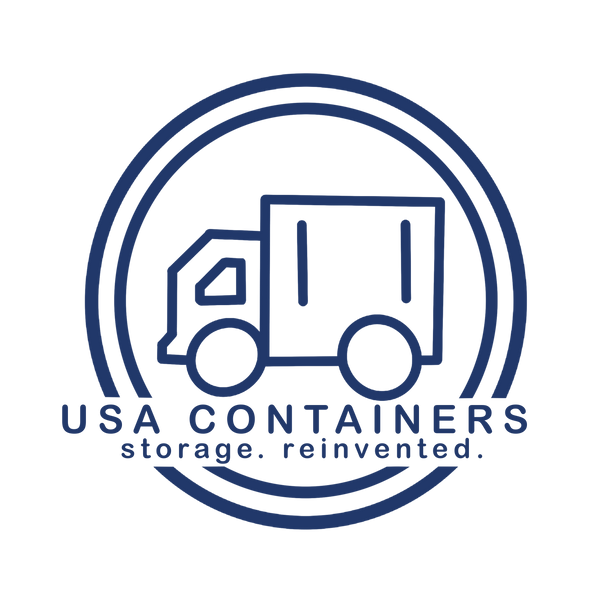
How to Fix Leaks in Shipping Containers
Share
Shipping containers are known for being tough, reliable, and weather-resistant, but they can develop leaks over time. Whether you're using a container for storage, transportation, or even as a tiny home or office, leaks can quickly become a serious problem. Fortunately, fixing leaks in shipping containers isn’t difficult.
In this guide, we’ll walk you through the most common causes of leaks in shipping containers, how to find them, and the best ways to seal them up so you’ll know the best way to protect your container—and everything inside it—from water damage.
Why Do Shipping Containers Leak?
Shipping containers are built to withstand harsh conditions at sea, but that doesn’t mean they’re invincible. Over time, normal wear and tear, rust, and exposure to the elements can cause small holes or cracks to form. Some of the most common reasons shipping containers leak include:
-
Corrosion and rust – When paint or protective coatings wear off, rust can eat through the steel.
-
Damaged gaskets – The rubber gaskets around shipping container doors can dry out or crack, letting water seep in.
-
Roof dents – A dented roof can collect water, eventually leading to leaks through small cracks or weakened seams.
-
Poor maintenance – Containers stored in wet or overgrown environments may degrade faster without regular inspections.
Knowing what causes leaks is the first step in preventing and repairing them.
How to Find a Leak in a Shipping Container
Before you can fix a leak, you have to find it. That sounds obvious, but tracking down the exact source of a leak isn’t always easy.
1. Do a visual inspection
Start by checking for visible rust, holes, or dents—especially on the roof, around the door gaskets, and in the corners. Look for any signs of streaks or rust trails, which can indicate a leak has developed.
2. Turn off the lights
Go inside the shipping container during the day, close the doors, and turn off any lights. Any tiny beams of light shining through indicate small holes where water can get in.
3. Spray test
Another method is to use a hose to spray water over the shipping container’s roof and walls while someone inside checks for leaks. This test can help you catch leaks you might miss with just a visual check.
How to Fix a Leak in a Shipping Container
Once you’ve found the source of the leak, it’s time to get to work. The method you use depends on the size and location of the leak. Below are some tried-and-true ways to repair your container.
1. Use a Leak Repair Kit
These kits usually include fiber-reinforced material made specifically for shipping container repairs. They’re a good option for DIYers, offering long-lasting results.
2. Use a Welding Patch
If the hole is too large for a sealant, a welding patch is a more permanent fix. This process involves cutting out the damaged section and welding in a steel patch. It's a job best left to professionals unless you have welding experience.
3. Apply Roofing Tar or Bitumen
For leaks in the roof, roofing tar or bitumen tape can be a fast and effective fix. These products are designed to bond to metal and withstand harsh weather. They’re great for covering larger areas or seams that may be vulnerable to leaks.
4. Seal Small Holes with Waterproof Sealant
For pinholes or tiny cracks, a marine-grade or industrial waterproof sealant will work well. Products like silicone-based caulks or Flex Seal-type sprays work well in a pinch. Just clean the area thoroughly, apply the sealant, and let it cure.
5. Replace Door Gaskets
If water is getting in around the doors, it’s time to replace the rubber gaskets. USA Containers sells replacement kits that are easy to install. Make sure to clean and dry the surface before applying new gaskets.
How to Fix a Shipping Container Leak in 6 Minutes (USA Containers)
When to Call a Professional
Some leaks are simple DIY fixes, but others might require professional help—especially if you find widespread rust, structural damage, or need welding done. Don’t wait too long to call in an expert if the damage seems extensive. A small problem can become a costly one if ignored.
Preventing Future Leaks
Fixing a leak is great, but preventing future ones is even better. Here are some tips to keep your shipping container from developing leaks:
-
Regular inspections – Check your container at least once every season, especially after storms or heavy snow.
-
Keep it elevated – Placing your container on a solid foundation or blocks helps prevent water pooling underneath.
-
Touch up paint and coatings – Use rust-resistant paint or marine-grade coatings to protect the exterior.
-
Trim vegetation – Keep grass, vines, and debris away from the container to reduce moisture buildup.
-
Install a sloped roof or canopy – Adding a cover or angled roof can help divert water away from flat container roofs.
Regular maintenance, good placement, and quality repairs will go a long way in keeping your container wind and watertight.
Fill out the form below for a free shipping container quote from USA Containers:
